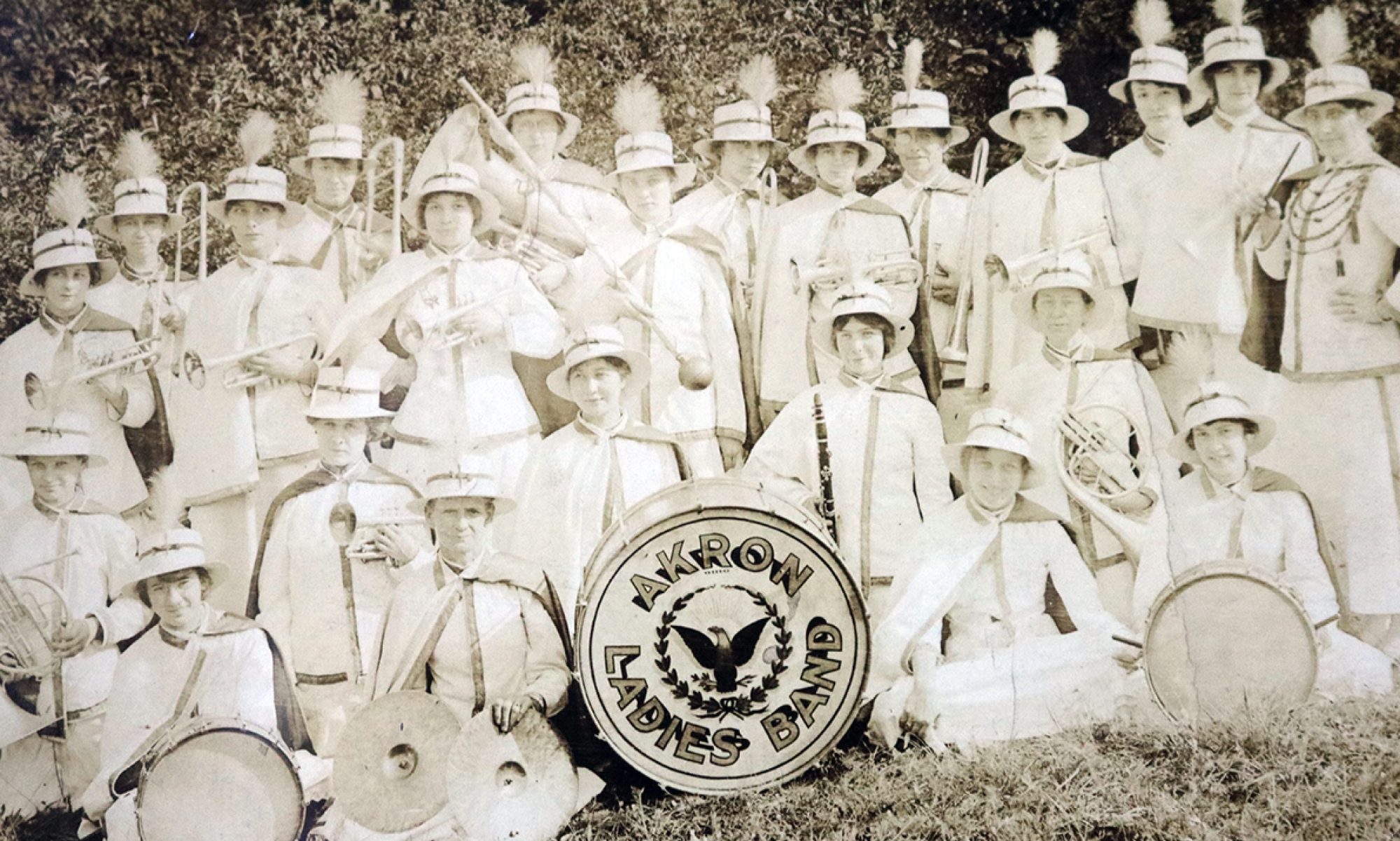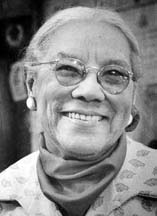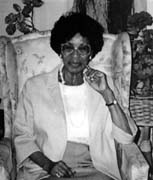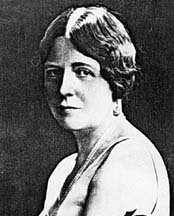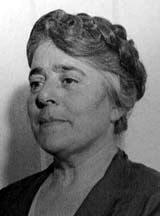
Louise Voris converted her long career as a volunteer community activist into a job as the superintendent of the Summit County Children’s Home. When she was offered the position in 1936, she had never worked outside the home for pay. Nonetheless, she said, “I feel that I have spent my entire life preparing for the task I know have” (Beacon Journal, 1946).
She was correct. She was well equipped for the task. Born in Cleveland, Voris had graduated from the exclusive Vassar women’s college in Poughkeepsie, N.Y. She moved to Akron shortly after graduating and married William S. Voris, a salesman during the 1930s.
She came to Akron at a time when the women’s community was brimming with energy and she quickly got involved. She was a charter member of both the College Club of Akron, an organization that her mother in law helped found, and the Woman’s City Club. Voris served as president of each organization. She was also the president of the Art and History Club. She also served on the board of the Florence Crittenton Rescue League, a home for unwed mothers. Her longest affiliation, however, was with the Young Women’s Christian Association (YWCA) of Akron. She served on its board for 22 years, as its president from 1927-1930 and as the chair of its camp committee that administered Camp YaWaCa on Lake Erie.
In 1936 when Mary E. Boteler suddenly resigned as superintendent of the Summit County Children’s Home, Voris applied. Given Voris’ connections within the women’s community and her family connections, she seemed the natural selection, even though she had no previous professional experience in administration.
Voris came to the job with no real plans. She admitted, “I don’t know in the least what I am going to do there except to follow in Miss Boteler’s capable footsteps” (Beacon Journal, 1936). Voris had no real crises to deal with. The home was well run, clean and well staffed.
The appointment, however, came to pose a problem for the children’s home. In order to keep the job, Voris needed to pass the state Civil Service exam. In 1937, she took that exam and passed.
Voris remained the superintendent until March 1946 when she died of a heart attack.
Photo courtesy of the Beacon Journal.
—Kathleen L. Endres
